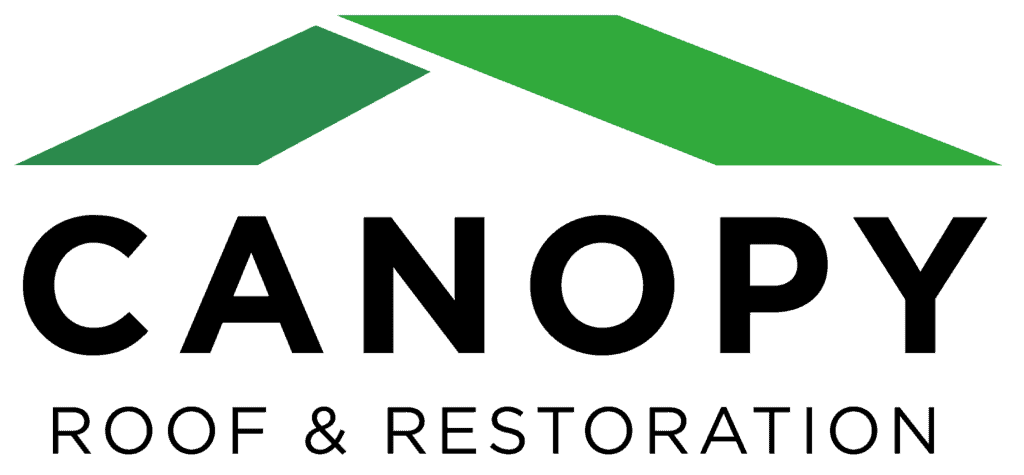With its appealing appearance, durability, and low-maintenance qualities, metal roofing has become a popular choice among homeowners. However, installing a metal roof differs from traditional shingle or other types of installation. If you’re considering this option for your new roof, it’s important to collaborate closely with the installation team to fully understand the process. Here is a general outline.

Installing the Underlayment
The first layer of material on the roofing trusses is covered by the underlayment, while the roof deck serves as the base for attaching the metal roof. Usually made of OSB or plywood, it may not require replacement unless damaged. If so, it should be replaced before proceeding. Similarly, it must be dry, smooth, and clean before the underlayment can be installed on top.
There are various choices for underlayment, but an often preferred and superior option is a self-healing ice-and-water membrane. Whichever underlayment is chosen, it is essential to properly install the base layer to prevent any excess moisture from seeping through.
As there are a variety of underlayment choices available, it is advisable to adhere to the manufacturer’s installation guidelines. This includes properly overlapping the rolls to meet expectations and provide adequate protection for the surface as temperatures fluctuate.
Installing the Drip Edge
Afterwards, the roofer will proceed to installing the drip edge, also known as the eave trim. This essential component runs along the roof’s edge and directs water away from the building. The process involves starting at a corner and gradually working around, slightly overlapping each piece. To ensure tight corners, a hand seamer is utilized throughout the entire edge. Finally, any remaining gaps are filled with caulk or sealed with tape for added protection.
Normally, the journey is secured with roofing nails spaced every 12 to 16 inches along the edge. Once completed, attaching the drip edge flashing along the eaves where gutters are present becomes essential.
The Metal Roofing Panels Installation Process
After establishing the base layers, the installation of the metal roof can commence. To begin, the corrugated metal panels are placed on top of the drip edges. This task is simplified by consistently ensuring that each piece is properly aligned with the roofline. Compared to shingles, this type of roofing material allows for less margin of error.
For proper installation of the metal roof, the manufacturer may have specific requirements regarding screw placement and spacing. In addition, it is important to adhere to local building codes. Keep in mind that due to its weight and size, installing a metal roof differs significantly from a traditional shingled roof. Therefore, it is crucial to use the appropriate fastening system to ensure sufficient support.
After the roofer prepares to begin, they start at one eave of the roof and progressively move upward. As instructed by the manufacturer, the panels will slightly overlap. Along the way, a roofing sealant is utilized at the connecting points in either seam tape or caulk form to effectively protect against water damage.
The designated metal roofing screws must be used to secure every piece of metal roofing. Ordinary roofing nails are insufficient for the task at hand. As always, it is crucial to follow the manufacturer’s spacing guidelines.
As the process continues, it is imperative for the roofer to utilize a compatible blade on a circular saw to cut the metal roofing panels. This task can prove to be one of the obstacles in installing this type of roofing, which is why entrusting it to skilled professionals is often the optimal choice.
Installing Closure Strips and Ridge Caps
After the initial layer is installed, additional tasks are required for the metal roof to be fully in place. Once all components are in position, closure strips must then be attached at every junction of sloping roof sections. These strips play a crucial role in preventing moisture and debris from entering the area below the surface. In addition, they contribute to giving the roof a polished and expertly crafted appearance.
There are a variety of options to choose from, including solid and vented closures. Vented versions typically offer improved airflow in the area, making them a preferred choice. However, the decision ultimately depends on the ventilation system currently in place in the roof.
Roofers begin by positioning the materials at the base of the roof and progressively moving upwards. They first apply sealant tape at the ridge, followed by closure strips. Often, more sealant tape is also applied on top of these strips.
To complete the process, the ridge cap will need to be secured on top of the closure strips. Initially, it is placed directly onto the sealant tape and then fastened with screws.

Benefits of Metal Roofing
Metal roofing is a top choice for modern roofing due to its unique application process. There are numerous factors that make it a highly desirable option.
- With a lifespan of 40 to 70 years, these roofs surpass the durability of asphalt shingles. However, it is important to regularly assess the condition of all components to ensure their longevity.
- The maintenance required for the roof is usually minimal, and its exceptional durability allows for reduced upkeep. This makes it well-equipped to withstand even the toughest weather conditions.
- Metal roofing is environmentally friendly as it is constructed using recycled materials and promotes reduced energy usage. This makes it a sustainable choice for the environment.
While professional metal roof installation is recommended, a highly skilled DIYer with the proper equipment may also be able to take on this project. However, it is important to have a professional handle the job in order to achieve a clean and well-protected finish that is properly squared.





